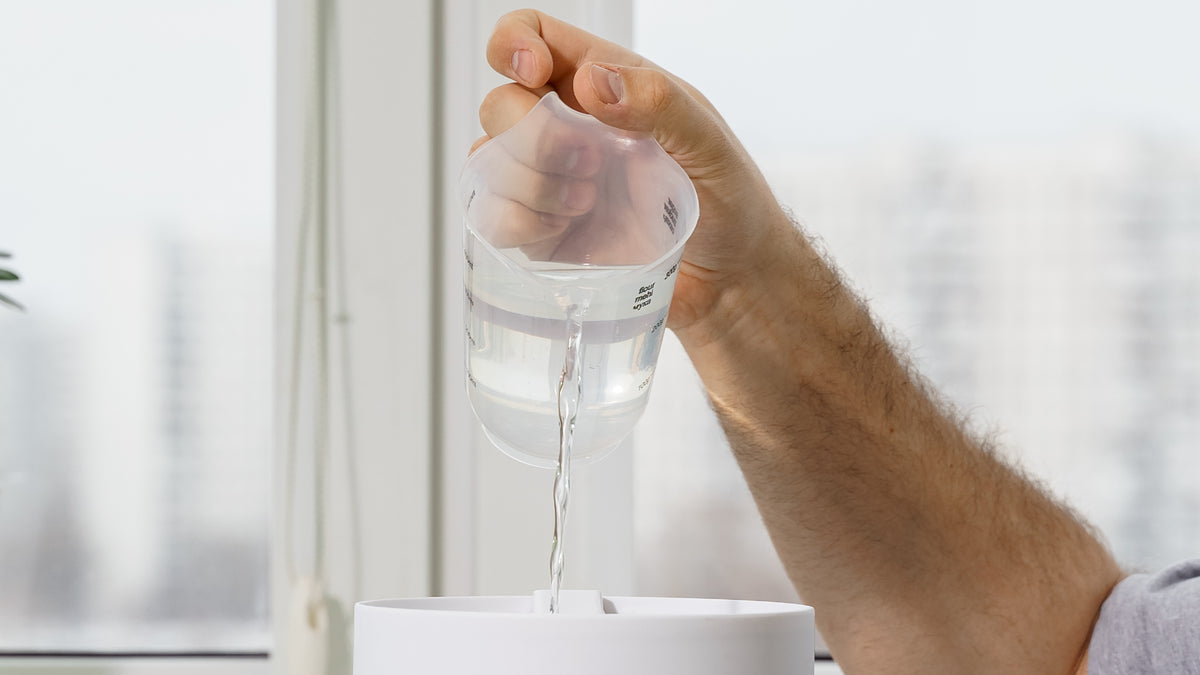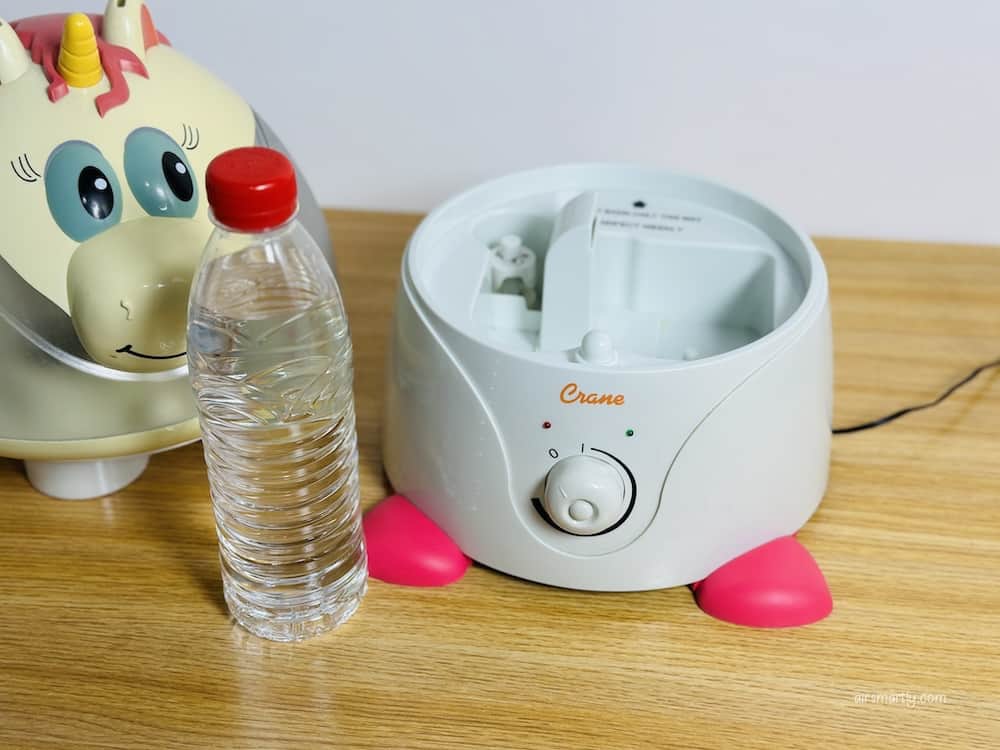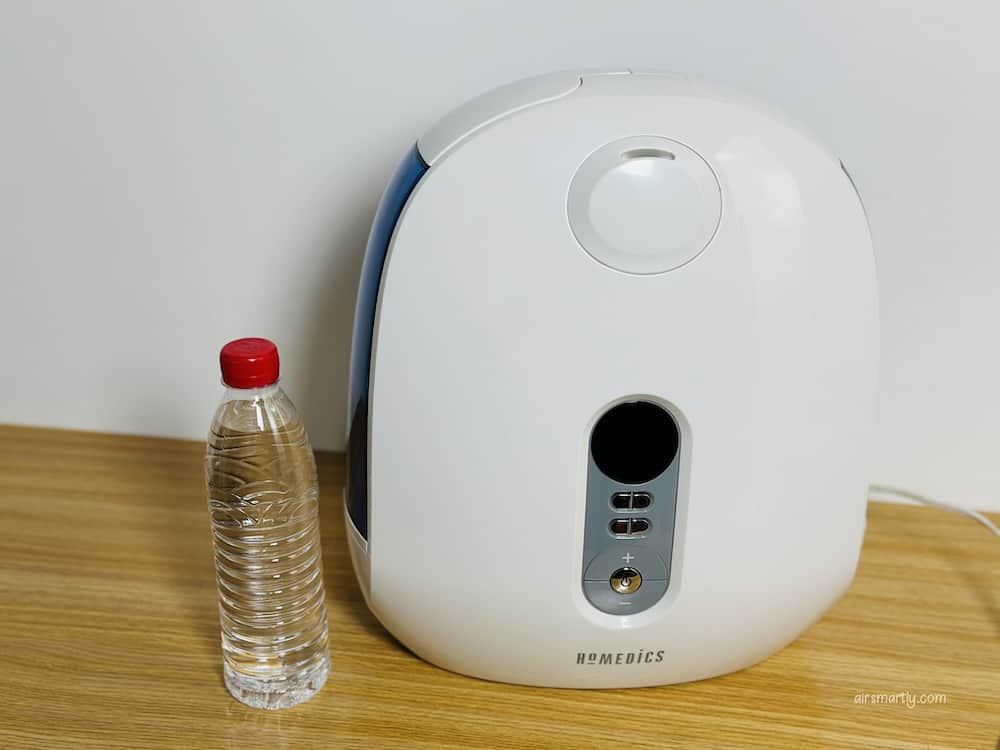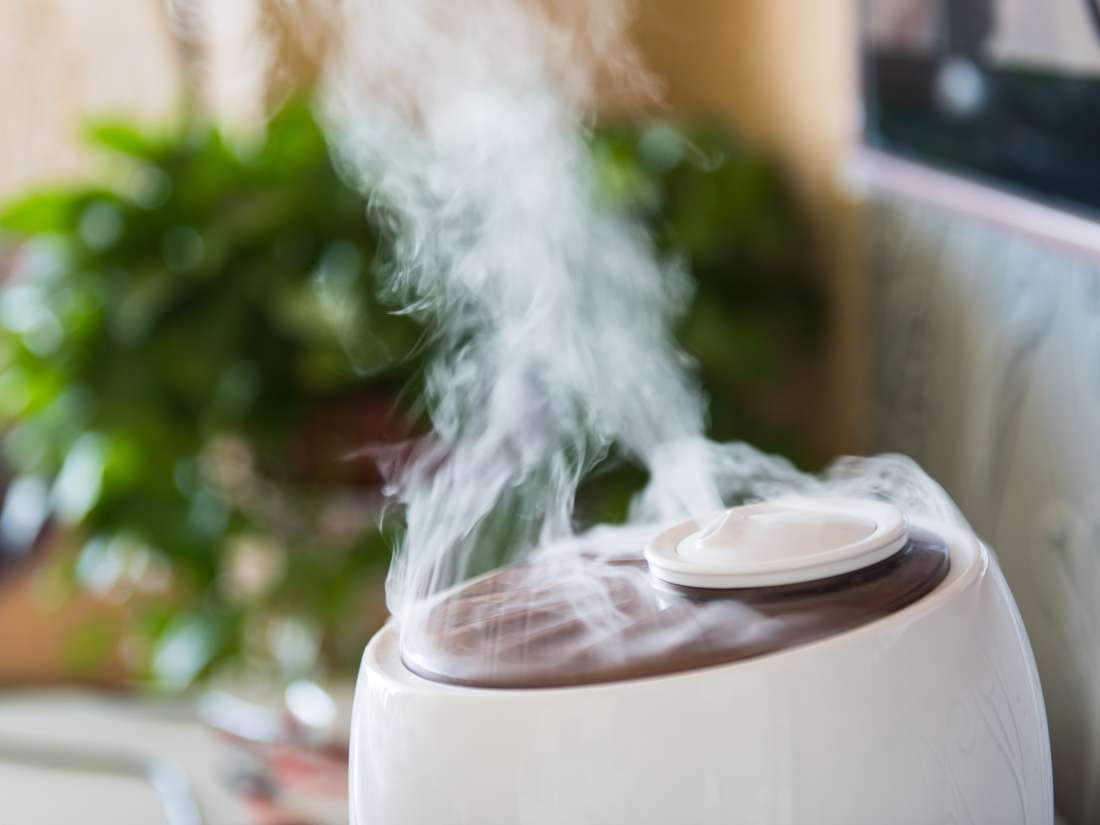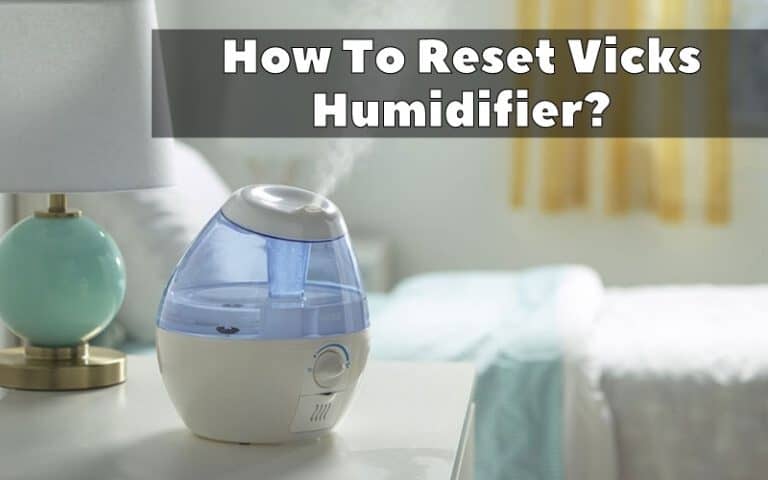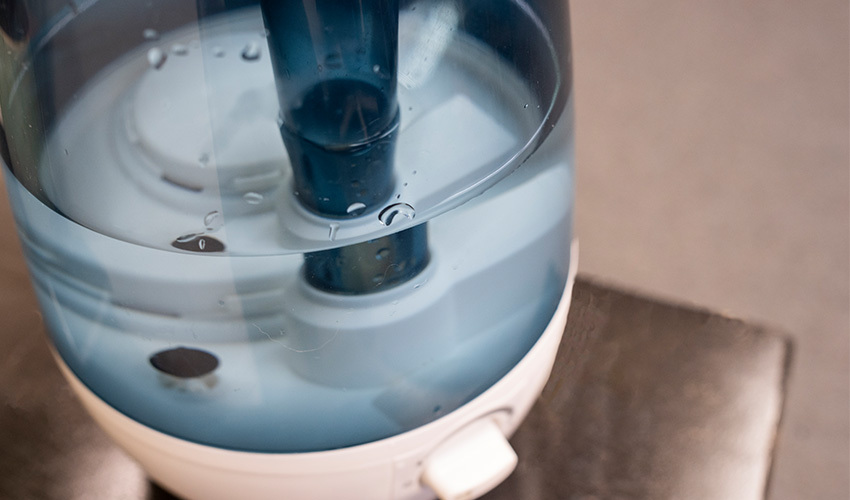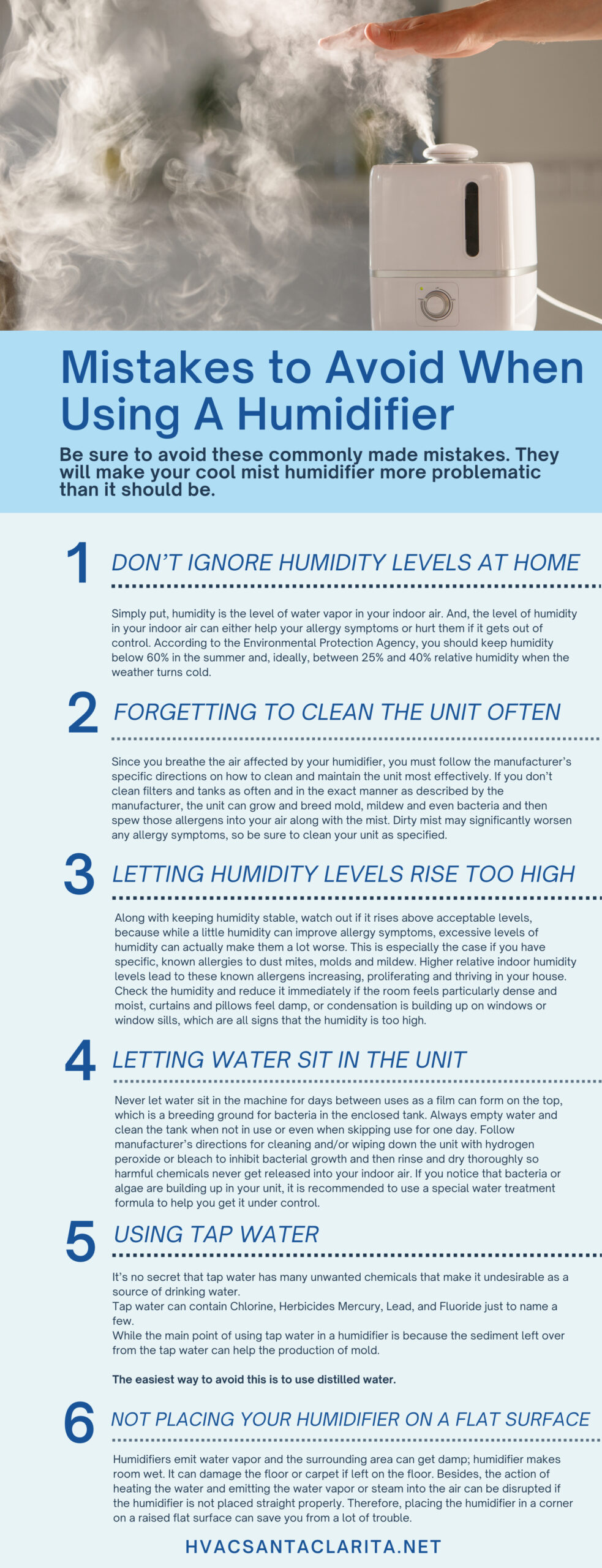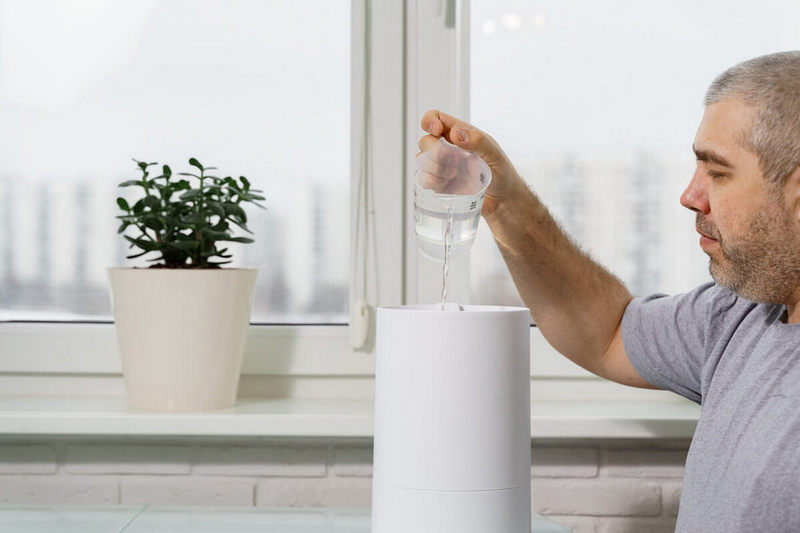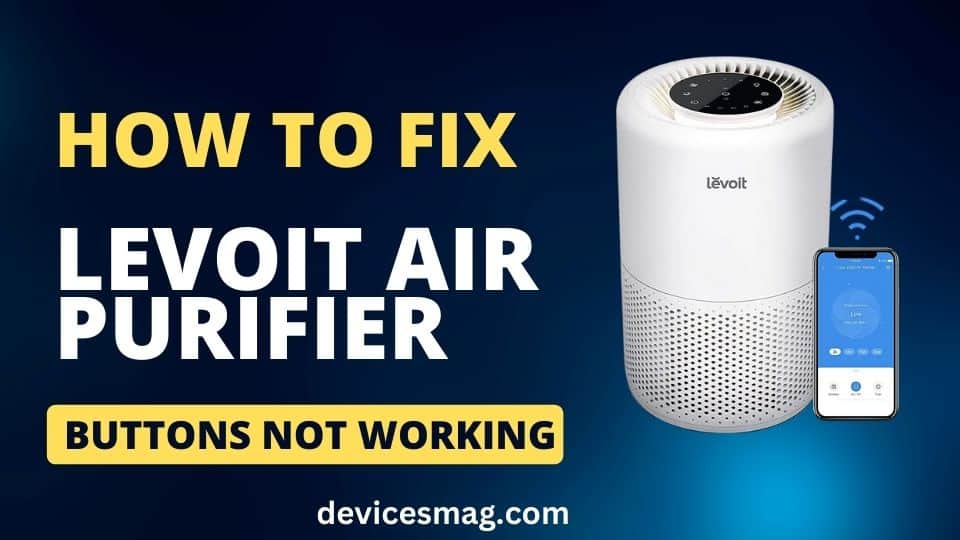What Happens When Humidifier Runs Out Of Water

Imagine the quiet hum of your humidifier, a comforting presence during the dry winter months, suddenly replaced by an unsettling silence. The cool mist that once danced in the air, alleviating dry skin and scratchy throats, has vanished. What happened? The water tank, once brimming, is now empty, leaving you wondering what consequences, if any, await your device and the air it's meant to improve.
The simple answer is, when a humidifier runs out of water, it stops humidifying. However, the specific effects depend on the type of humidifier and its built-in safety mechanisms. This article explores what typically occurs when a humidifier runs dry, examining the potential impact on the device itself, your indoor environment, and what steps you can take to prevent issues.
Types of Humidifiers and Their Reactions to Empty Tanks
Humidifiers aren't a one-size-fits-all solution. They come in various types, each with its own way of handling an empty water reservoir. Understanding these differences is crucial for knowing what to expect when the water runs out.
Cool Mist Humidifiers
Cool mist humidifiers are popular choices, particularly for nurseries and bedrooms. They operate by using either a wick filter or ultrasonic vibrations to create a fine mist.
Evaporative Humidifiers (Wick-Based): These humidifiers use a wick to absorb water. A fan then blows air through the saturated wick, causing the water to evaporate. When the water tank is empty, the wick dries out. In most cases, the fan will continue to run, blowing dry air. This isn't harmful, but it's no longer providing the intended humidity. Many models are designed to shut off automatically when the water level is too low to prevent the fan from running continuously without moisture. Look for models with auto-shutoff features for added safety and energy efficiency.
Ultrasonic Humidifiers: These humidifiers use high-frequency sound vibrations to create a fine mist. A transducer vibrates at an ultrasonic frequency, breaking the water into tiny droplets that are then dispersed into the air. When the water runs out in an ultrasonic humidifier, the transducer is exposed. Most ultrasonic humidifiers are equipped with a sensor that detects the low water level and automatically shuts off the device to prevent damage to the transducer. Without this feature, running the device dry could potentially damage the transducer over time.
Warm Mist Humidifiers
Warm mist humidifiers, also known as vaporizers, boil water to create steam, which is then cooled and released into the air. They are often preferred for their ability to kill bacteria and mold in the water.
When a warm mist humidifier runs out of water, it's a more critical situation. The heating element, designed to boil water, can overheat if left running dry. Almost all warm mist humidifiers come equipped with an automatic shut-off feature to prevent this. Without this feature, the heating element could burn out or, in rare cases, pose a fire hazard. Always ensure your warm mist humidifier has a reliable shut-off mechanism.
Potential Problems and Preventative Measures
While modern humidifiers are generally safe, understanding the potential issues that can arise from running them dry helps ensure longevity and safety.
Damage to the Humidifier
As mentioned earlier, running certain types of humidifiers without water can damage internal components. Ultrasonic humidifiers risk transducer damage, while warm mist humidifiers face potential burnout of the heating element. Always check your humidifier's manual for specific warnings and guidelines.
Dry Air (Obviously!)
Perhaps the most obvious consequence is the return of dry air. The benefits you were experiencing – relief from dry skin, reduced congestion, and improved sleep – will disappear until the humidifier is refilled.
Mineral Buildup
Running a humidifier dry can sometimes accelerate mineral buildup on internal components, especially the heating element in warm mist humidifiers or the transducer in ultrasonic models. This buildup can reduce efficiency and shorten the lifespan of the humidifier. Regular cleaning, as recommended by the manufacturer, is crucial to prevent mineral accumulation.
Preventative Measures
Choose Humidifiers with Auto-Shutoff: This is the most important feature to look for when purchasing a humidifier. It provides a safety net, preventing damage to the device and potential hazards.
Regularly Monitor Water Levels: Make it a habit to check the water level in your humidifier, especially during peak usage times.
Establish a Refilling Routine: Incorporate humidifier refilling into your daily or every-other-day routine to avoid running out of water unexpectedly.
Use Distilled Water: While not directly related to running dry, using distilled water minimizes mineral buildup, prolonging the life of your humidifier. The Environmental Protection Agency (EPA) recommends using distilled or demineralized water in humidifiers to prevent the release of minerals into the air.
Clean Regularly: Follow the manufacturer's instructions for cleaning your humidifier. This helps prevent mold and bacteria growth, as well as mineral buildup.
The Bigger Picture: Humidifiers and Indoor Air Quality
Humidifiers play a significant role in maintaining healthy indoor air quality, especially during dry seasons. According to the Mayo Clinic, humidifiers can help alleviate symptoms of colds and flu, soothe dry skin, and even reduce snoring.
However, a humidifier that's constantly running dry isn't doing its job. It's essential to maintain consistent humidity levels to reap the full benefits. Remember, the ideal humidity level is between 30% and 50%. You can monitor humidity using a hygrometer, a simple and inexpensive device.
Beyond individual comfort, maintaining proper humidity can also protect your home. Dry air can cause wooden furniture, floors, and musical instruments to crack and warp. A well-maintained humidifier helps preserve your belongings and create a more comfortable living environment.
Conclusion: A Little Vigilance Goes a Long Way
While running a humidifier dry isn't typically a catastrophic event, it's best avoided. It can potentially damage the device, negate its intended benefits, and even contribute to mineral buildup. By choosing humidifiers with auto-shutoff features, establishing a refilling routine, and practicing regular maintenance, you can ensure that your humidifier continues to provide healthy and comfortable air for years to come. A little vigilance goes a long way in keeping your humidifier running smoothly and your indoor air quality at its best.
